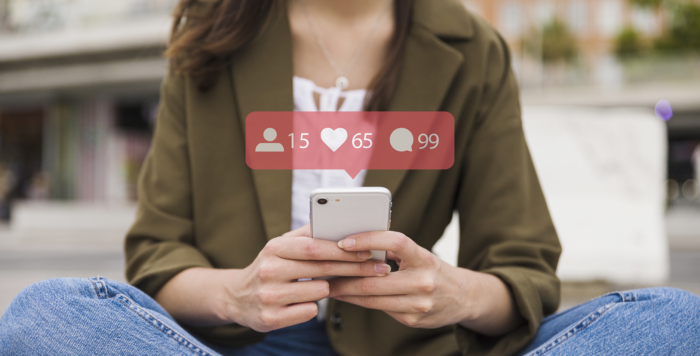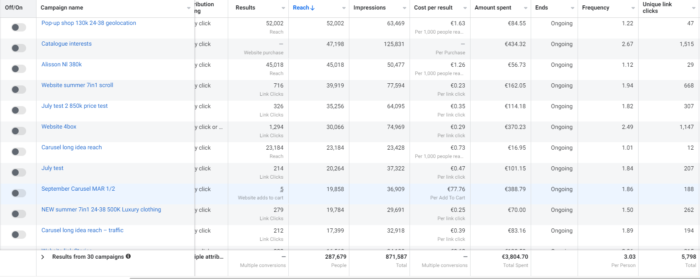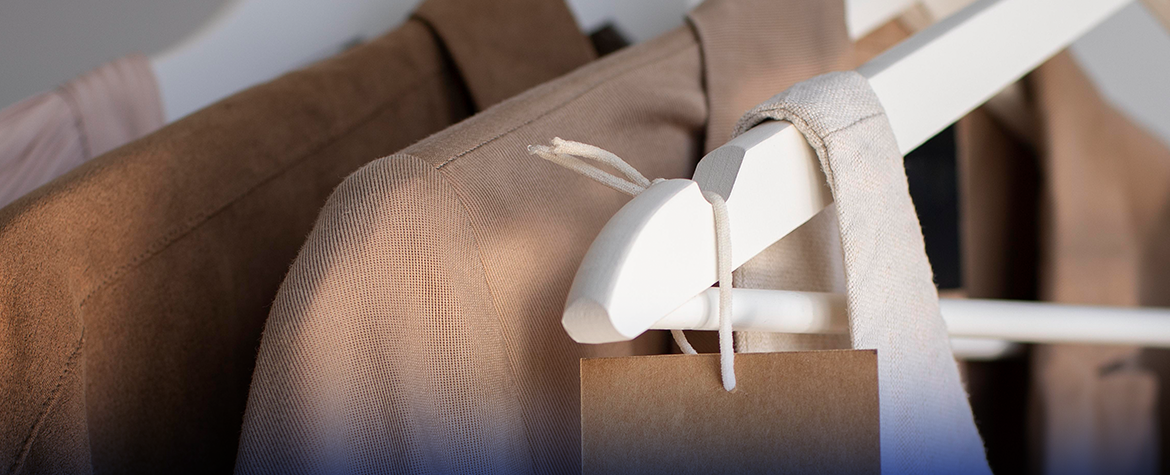Online retail for fashion has become a popular industry in recent years, accounting for nearly 1/3rd of sales in the US. Due to the pandemic, there has also been a notable shift towards online shopping despite negative turns for the industry as a whole. While the industry is still taking a dip and premium brands are experiencing a lull in demand, there are still many opportunities for online marketing to boost sales.
This case study will delve into Promoguy’s work with a Dutch fashion brand looking to garner online sales. The company in question produces up-market sustainable clothing with an emphasis on luxury. The retail store required advertising content, social media marketing, and website operations consultations.
With our help, the marketing campaign was successful and fostered increased sales as this online fashion case study will illustrate.
NOTE: Client name and materials remain undisclosed for the sake of confidentiality.
Client Overview
The client in question was a Dutch fashion brand looking to attract more sales to their retail operation. The company had been running a web store and to distribute its own original sustainable clothing. Their operation is based on providing up-scale designer clothing as opposed to mass-market sales. This meant that targeting required a more fashionable and aesthetically fancy pull.
The target group for the company is rather niche, as the retailer was providing up-scale fashion. Their main customer segment is women interested in fashionable clothing. The brand was operating primarily within The Netherlands.
While the company was developing sustainable fashion items, they wanted to make that a secondary USP as opposed to a primary. One of the reasons was that this was no longer fitting the brand image they wanted to portray. Currently, they were shifting to a more lifestyle marketing-centric approach emphasising individuality, purity, locally made goods, and the trendiness of the clothes. Our approach towards marketing would emphasise these other elements more.
Aside from promoting the website, the client was also looking to attract people to their offline activities. These would happen in the form of pop-ups and fashion launches to attract new customers. They would set up events where people could drink, buy things, and engage with the company’s work in person.
They required social media marketing, online advertising, and consultation for their website. The website also functioned as its primary e-commerce storefront. Redirecting traffic to the store and fostering sales was thus a major goal.
Online Marketing Preparation Process

Starting off, the client wanted to create a social media marketing campaign. Specifically, they wanted a series of ads showcasing their dresses. While this required a fair bit of content planning and research on our part, the client provided materials for use from their own photoshoots. This expedited the process and made it much easier.
Over the course of several meetings with the clients, we developed a basic idea for their content guidelines. This revolved around the various aspects of their branding mentioned in the client overview. The client also wanted to create ad copy and market their pop-up events on occasion. Similarly, like many fashion brands, the company’s offerings (the clothing lines) were seasonal.
As a result of these time dependencies, the nature of work was always changing. This required keeping track of the client’s operations, new clothes, events, and waiting for photoshoots to provide more content. There was also a lot of reliance on the client for communication in the form of meetings and approvals of content.
The luxury branding of the company also provided some hurdles in marketing occasionally. For example, the use of the word “discount” was frowned upon as it sent the impression that the items were of lower quality. We tailored multiple messages to avoid these sorts of terms, opting instead for deals, sales etc.
Launching the Campaigns
To start, we created a whole lot of mock-ups for the client to choose from. The language was set to be snappy, stylish, and fashionable but classy at the same time. The colour palettes were based on the website design and the various materials they presented. The mock-ups were retooled based on client feedback during the approval process.
One of the campaigns we ran differed from the rest, as the client requested the use of an Instagram influencer to help boost engagement. The influencer modelled the client’s clothes and posted on their own socials as well. This was notable as it did create an uptick in visibility for the campaign on Instagram.
There is a significant obstacle in digital retail for fashion brands: consumers often wish to test out expensive dresses before they buy them. As a luxury good, the marketing needed to be solid to curb this factor. Conversely, this is why it was also helpful to advertise the company’s offline events and pop-ups, as they wouldn’t incur such issues.
Online Marketing Segmentation
As part of the campaign, we ran 150 ads for the client in a run of 6 months. This included social media banners, carousels, and short video teasers.
The ads were run on Facebook and Instagram, as these matched the demographic characteristics the client was best suited for. Accordingly, all ads were compliant with the formats of these two sites. Facebook ads, for example, ran with image carousels connected together to form an interlocking marketing narrative.
All the while, we were gathering information with the use of pixel programs. The tracking looked for people who added items to a cart, purchased goods, initiated product viewings, website viewings, and category viewings or initiated check-out. Each of these gave us deeper demographic insight into what was and wasn’t attracting engagement.
From the data, we were also able to test who the main buyers were. The main audience for the brand was Dutch women between 20 and 50 with diverse interests and a taste for luxury brands. We were also targeting people who were eco-conscious. Within this larger target group were 3 main sub-segments:
- Vegans
- Yoga, fitness, and running enthusiasts
- Luxury brand shoppers
Results

As the results came rolling in, we noted that the largest segment was those who enjoyed luxury clothing. This was a good sign as it meant the products were performing well with the main intended segment. We were also seeing commensurate interest from the yoga and wellness communities. This made sense considering the eco-conscious production methods.
This also indicated that perhaps there would be more value in emphasising the positive aspects of sustainable clothing in future marketing.

6 months’ worth of statistics indicated that the seasonal offers were doing well. Upticks in unique link visits showed that there was interest during peak shopping seasons. One of the most effective tactics was running discounts and special offers for more competitive prices. Altogether, these strategies garnered a fair level of sales for the client and further established their brand.
As the case study indicates, the brand’s value increased and they were able to attract audiences. The impressions went higher than expected in many quarters offering new levels of engagement for the client’s social media channels and website.


